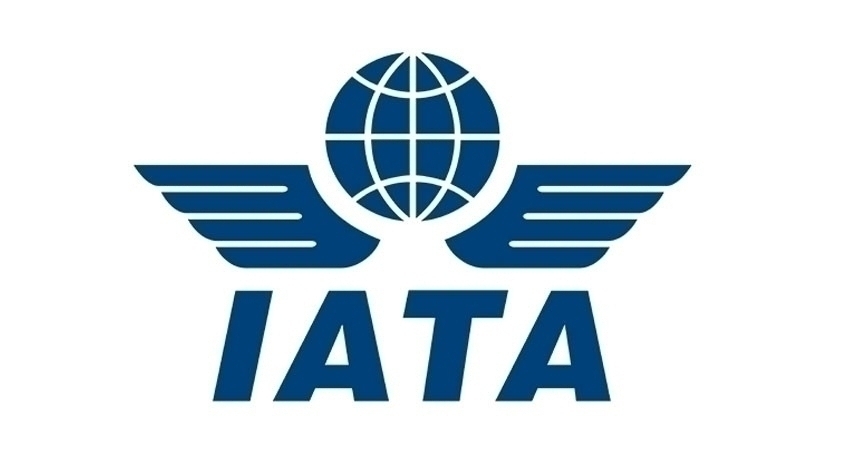Trade links with Asia contribute to 19.8% increase in freight for African carriers: IATA
The International Air Transport Association (IATA) in its November 2019 data for global air freight markets demand has recorded an increase in demand for African carriers by 19.8 percent, compared to the same period a year earlier.

January 08, 2020: The International Air Transport Association (IATA) in its November 2019 data for global air freight markets demand has recorded an increase in demand for African carriers by 19.8 percent, compared to the same period a year earlier. Strong trade and investment links with Asia contributed to positive performance. Capacity grew 13.7 percent year-on-year.
The demand, measured in freight tonne kilometres (FTKs), decreased by 1.1 percent in global air freight markets, compared to the same period in 2018. This marks the thirteenth consecutive month of year-on-year declines in freight volumes.
Despite the decline in demand in other regions, November’s performance was the best in eight months, with the slowest year-on-year rate of contraction recorded since March 2019. In part, November’s outcome reflects the growing importance of large e-commerce events such as Singles Day and Black Friday.
Freight capacity, measured in available freight tonne kilometers (AFTKs), rose by 2.9 percent year-on-year in November 2019. Capacity growth has now outstripped demand growth for the 19th consecutive month.
“Air cargo recovered slightly in November, with demand down 1.1 percent - a significant improvement over the 3.5 percent decrease in October. However, the fourth quarter is a peak season for air cargo. So, a decline in growth is still a disappointment. Looking forward, signs of a thawing in US-China trade tensions are good news but there is still a long way to go if cargo is to achieve 2 percent growth forecast in 2020,” said Alexandre de Juniac, IATA’s director general and CEO.

Carriers in Asia-Pacific, Latin America, and the Middle East suffered sharp declines in year-on-year growth in total air freight volumes, while North American carriers experienced a more moderate decline. Europe and Africa were the only regions to record growth in air freight demand compared to November last year.
Asia-Pacific airlines saw demand for air freight contract by 3.7 percent in November 2019, compared to the same period in 2018. This was the sharpest drop in freight demand of any region for the month. Capacity increased by 1.8 percent. The US-China trade war has significantly affected the region, with demand for large Asia - North America market down 6.5 percent year-on-year in October 2019. However, the thawing of US-China trade relations and robust economic growth in key regional economies are positive developments.
North American airlines saw demand decrease by 1.1 percent in November 2019, compared to the same period a year earlier. Capacity increased by 3.3 percent. Slower growth in the US economy and trade tensions with China has affected demand. However, positive progress in trade negotiations between both countries highlighted by the ‘phase one’ deal is a positive development.
European airlines posted a 2.6 percent increase in freight demand in November 2019 compared to the same period a year earlier. Better than expected economic activity in Q3 in some of the region’s large economies helped support demand. Capacity increased by 4 percent year-on-year.
Middle Eastern airlines’ freight volumes decreased 3 percent in November 2019 compared to the year-ago period – a significant improvement over the 5.7 percent decrease in October. Capacity increased by 2.6 percent. Against a backdrop of operational and geopolitical challenges facing some of the region’s key airlines, seasonally-adjusted freight volumes in the region have continued a modest upward trend which is a positive development for the region’s carriers. However, escalated geopolitical tensions threaten the regions’ carriers in the period ahead.
Latin American airlines experienced a decrease in freight demand in November 2019 of 3.4 percent compared to the same period last year. Various social and economic headwinds in the region’s key economies have impacted the region’s air cargo performance. Capacity decreased by 2.3 percent year-on-year.
While international e-commerce continues to grow, overall air cargo demand continued to face headwinds from the effects of the trade war between the US and China, the deterioration in world trade, and a broad-based slowing in global economic growth.


